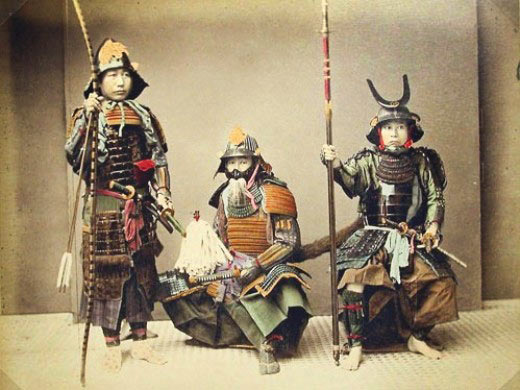
Read about all things sword related here at the True Swords blog. Whether you want to know learn the history of modern katana, or how medieval swords were forged, you can learn about it here! We'll keep you up to date on all the new blades from the best sword makers like Shinwa, Musashi and even Cold Steel. There will be humor, learning and even awesome cutting demonstration videos and photos. Bookmark this page to always get the latest scoop on everything sword related.

Read about all things sword related here at the True Swords blog. Whether you want to know learn the history of modern katana, or how medieval swords were forged, you can learn about it here! We'll keep you up to date on all the new blades from the best sword makers like Shinwa, Musashi and even Cold Steel. There will be humor, learning and even awesome cutting demonstration videos and photos. Bookmark this page to always get the latest scoop on everything sword related.
A Primer on Viking Swords
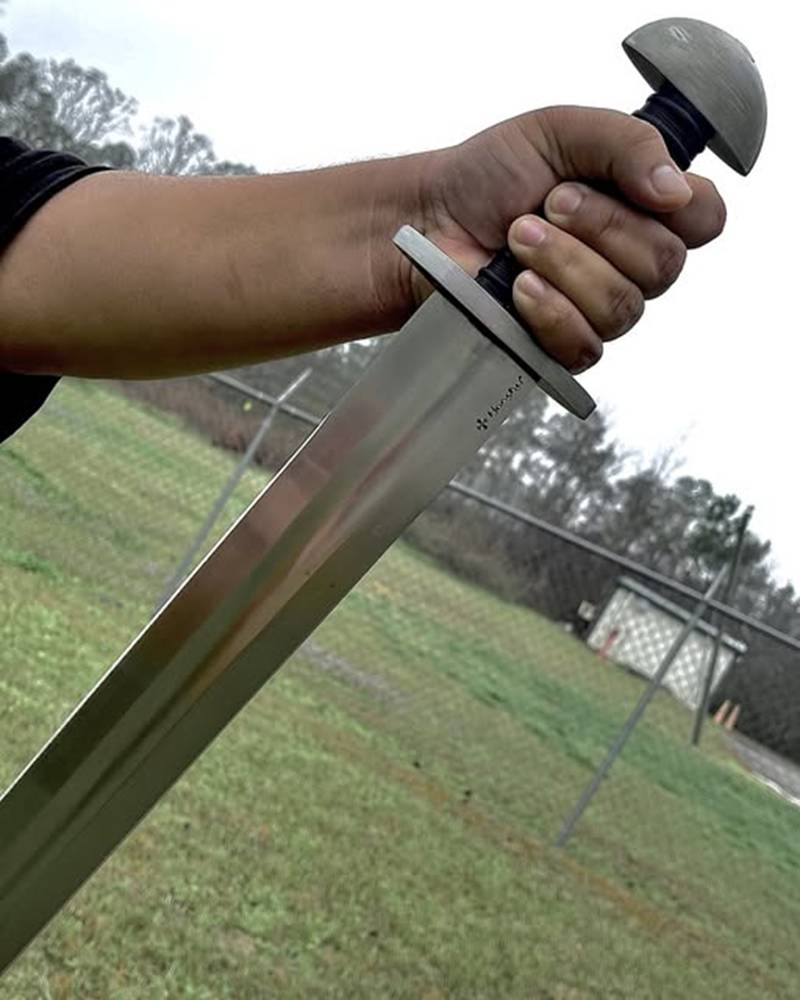
Sting: The Legendary Blade of Frodo Baggins
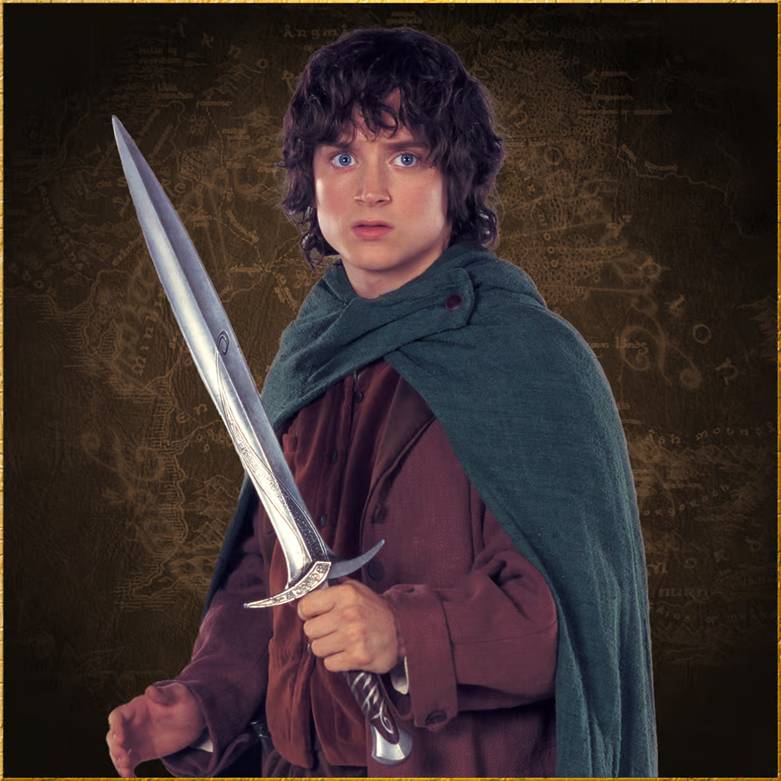
Introducing the Definitive Ichigo Cosplay Sword
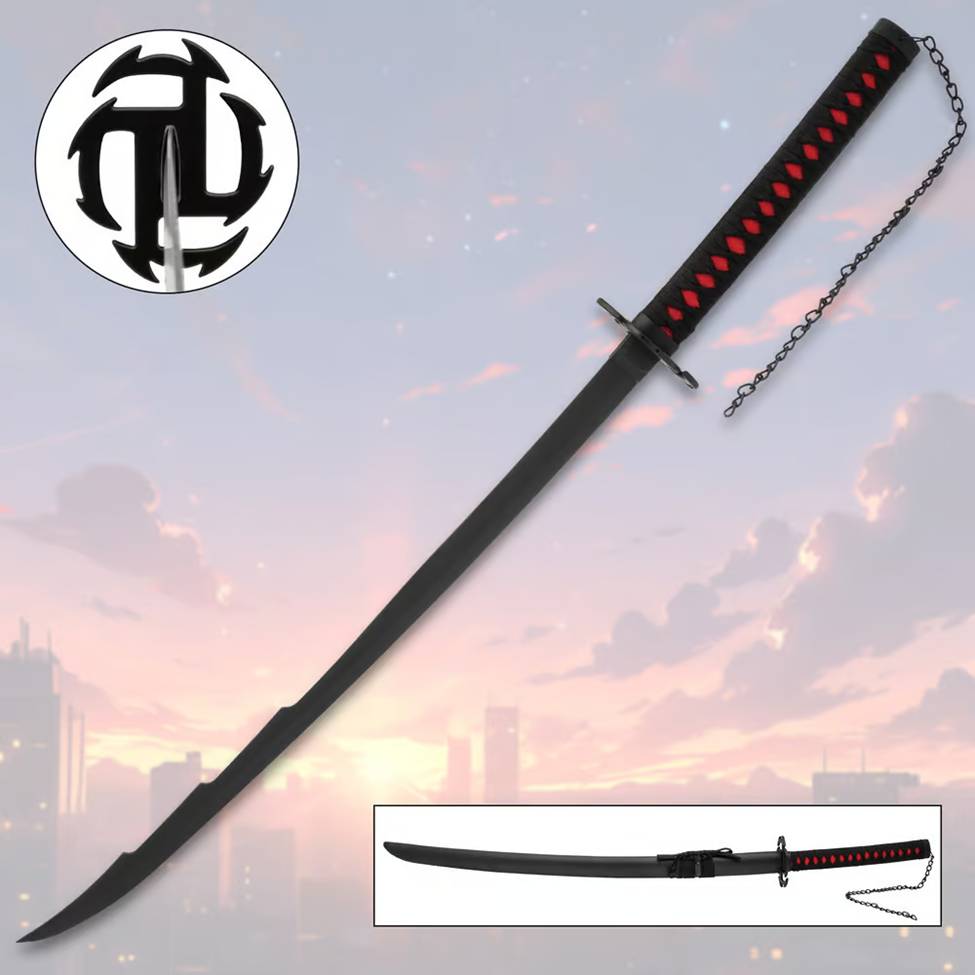
Defense Umbrellas: Security and Secrecy
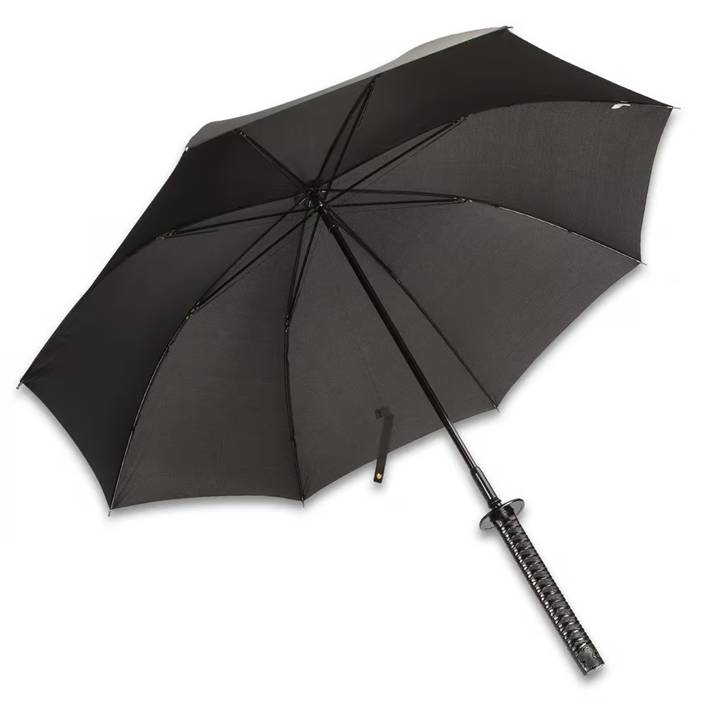
The Swords of Tolkien’s The Hobbit
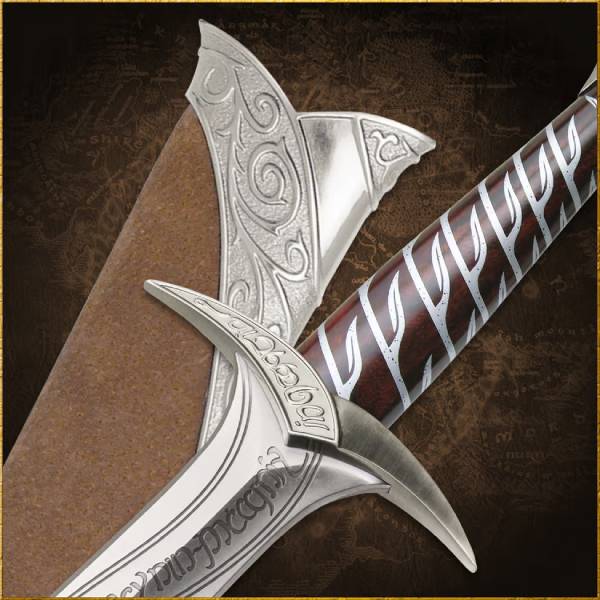
8 Things Never to Do with Your Replica Blade Sword
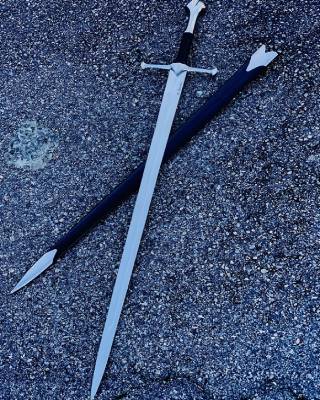
Caring for Swords and Weapons: A Basic Guide
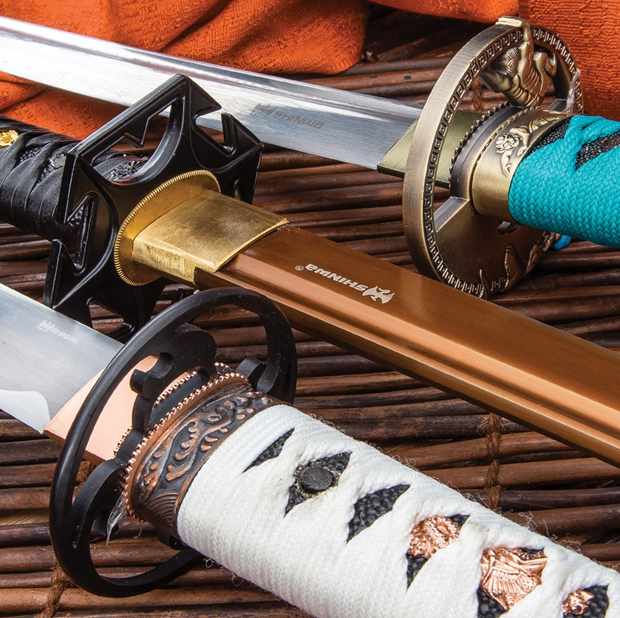
Safely Using and Caring for Your Axe Blade
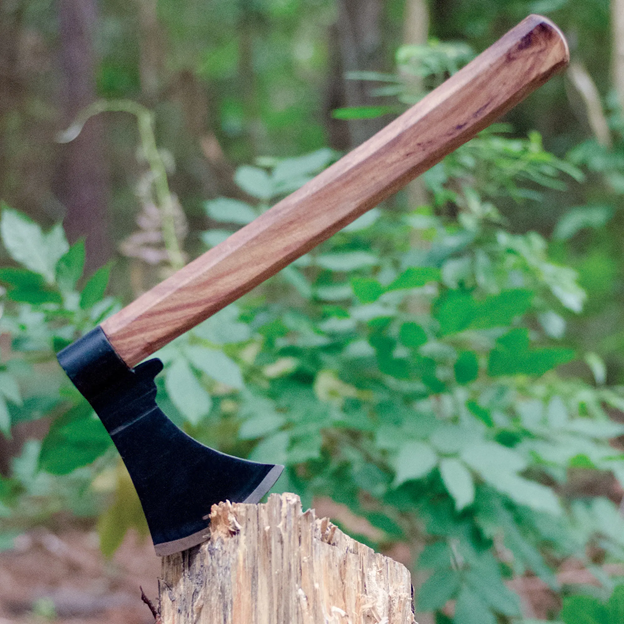
Four of our Top Functioning Swords
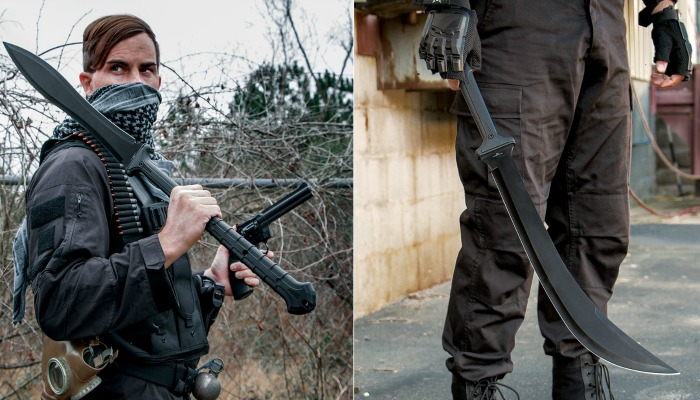
The Top Five Mistakes People Make When Buying a Sword
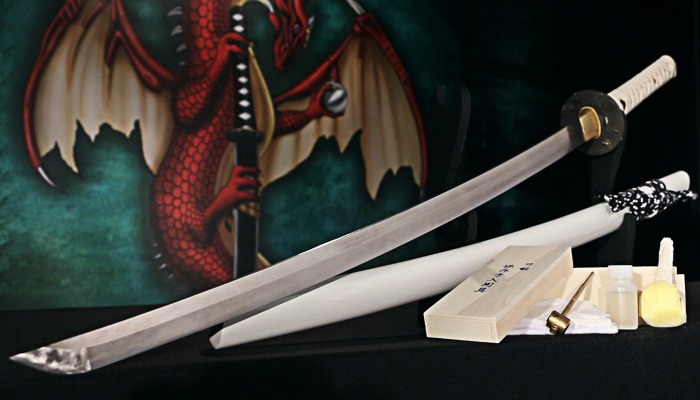
Which "The Lord of the Rings" Weapon Should You Carry?

Who Used it Better?
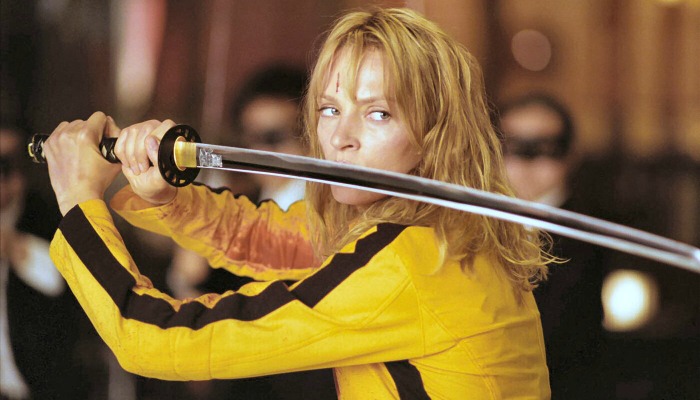
Ten Rules of Cosplay Etiquette
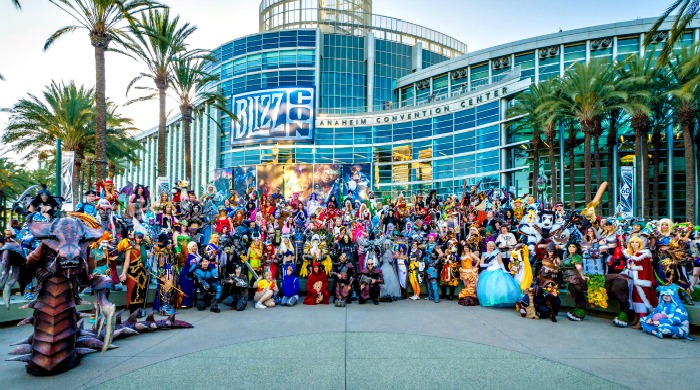
Get Your Steampunk On!
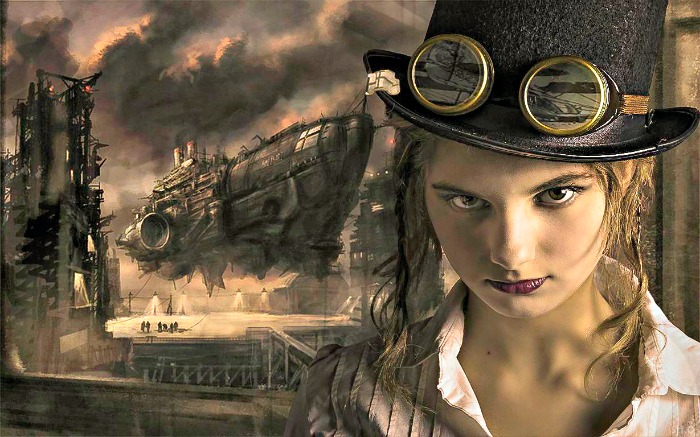
The Top Six CSGO Karambit Skins
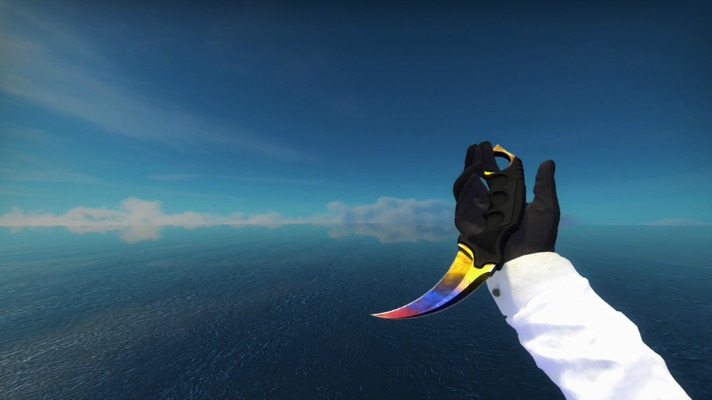
Top Sword Predictions for 2016

What's Your Sword IQ?
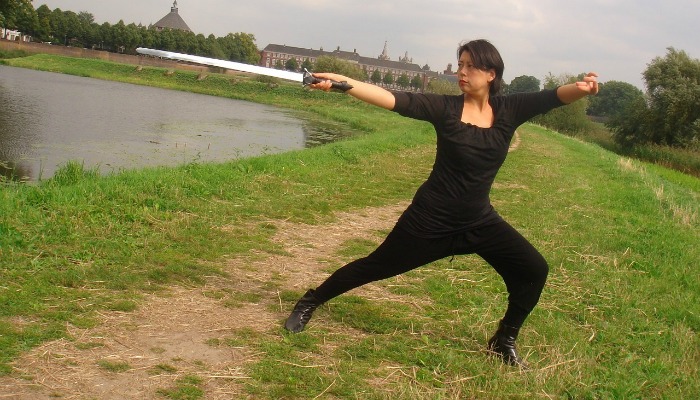
Top Five Swords to Slay a Dragon
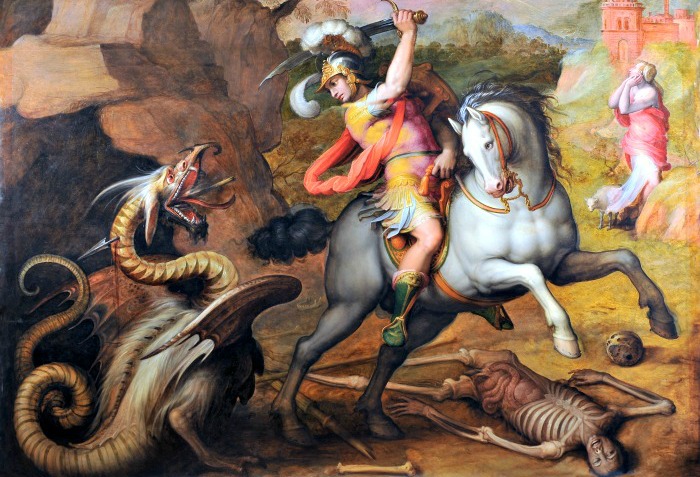
Are You Aligned With the Empire or the Rebellion?

Five Funny Cosplay Fails

What the #$!%!@ is Clay Tempering?
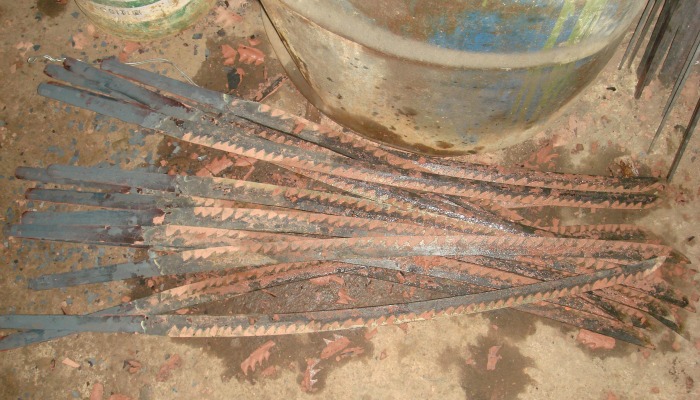
Ten Things Bleach Fans Can't Live Without
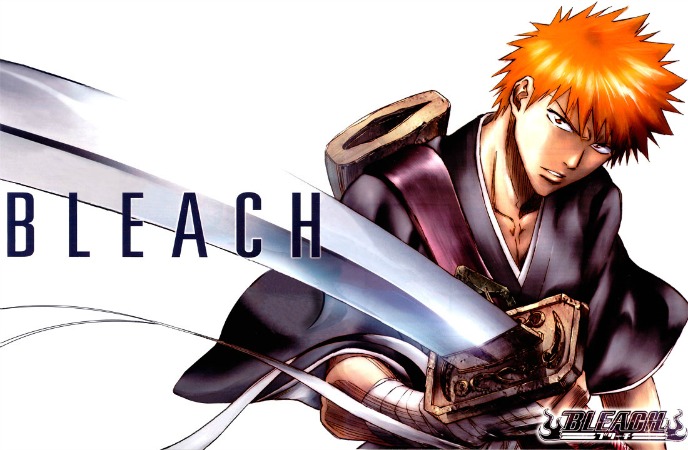
Sun Tzu's Art of War is Still Relevant

Top Five Gift Ideas for Sword Lovers
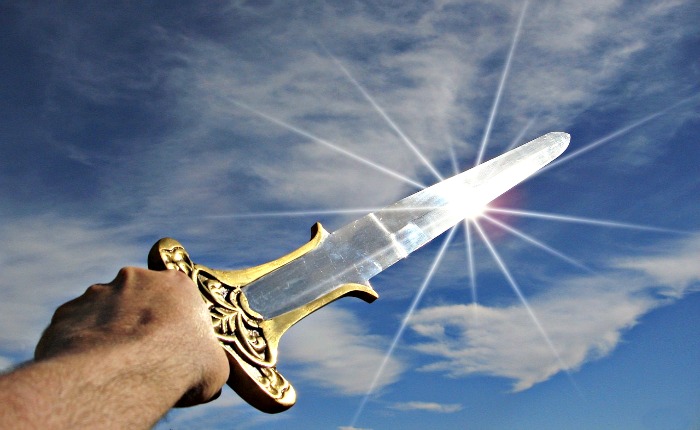
Seven Life-Saving Sword Stories
Musashi Himself Would Carry These Swords

You Need to Train with a Bokken
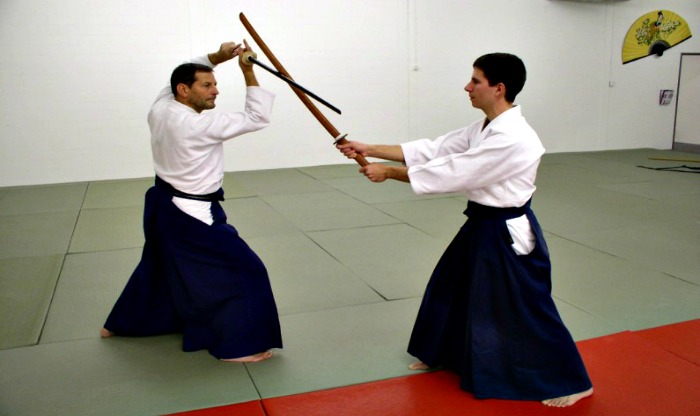
Seven Things Not to Do with Your Katana
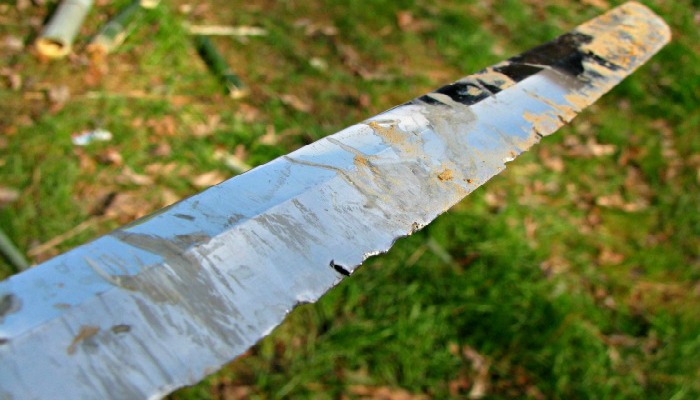
Vampires Check this Out!

Don't Fear the Grim Reaper
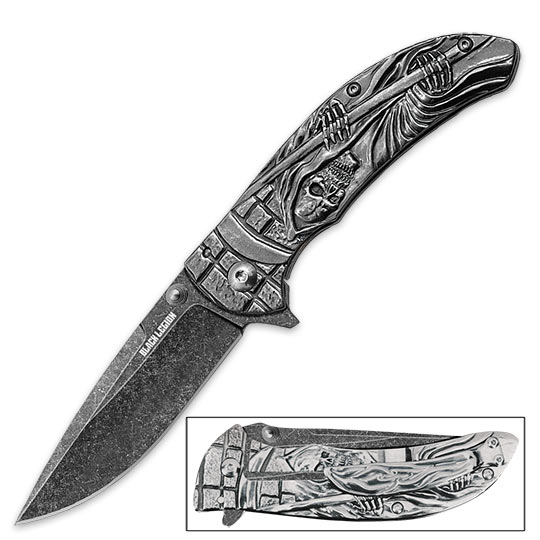
Are You a Hobbit or an Orc?
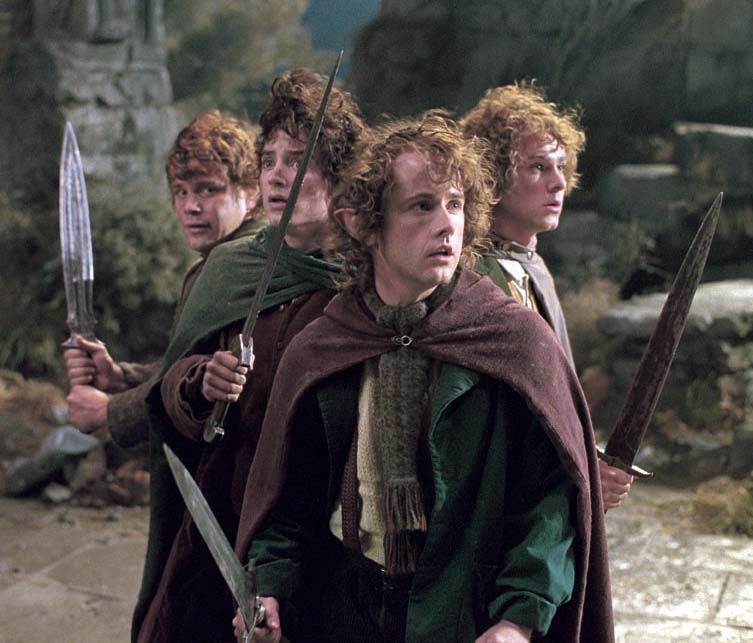
Did You Know That We Engrave our Knives?

The Top Five Video Games of All Time

You Need to Get a Sword and Knife Sharpener

Check Us Out on Social Media

Will Video Games Eventually Kill Board Games?
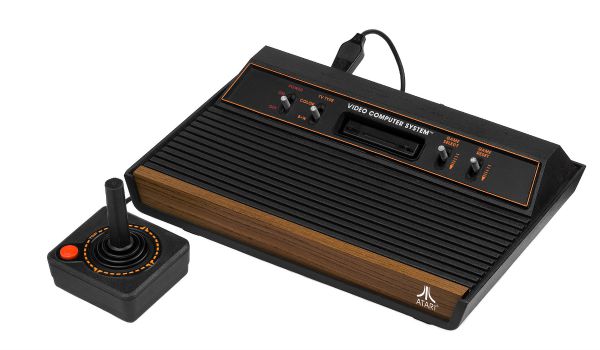
The Legend of Zelda is a Classic
How to Carry a Katana on Your Back
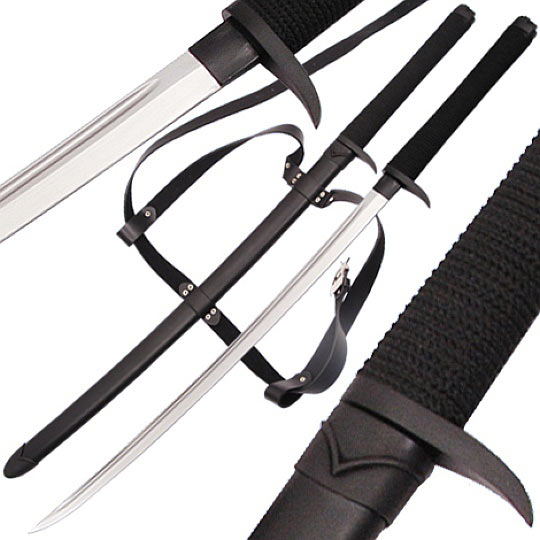
How to Buy A Samurai Sword
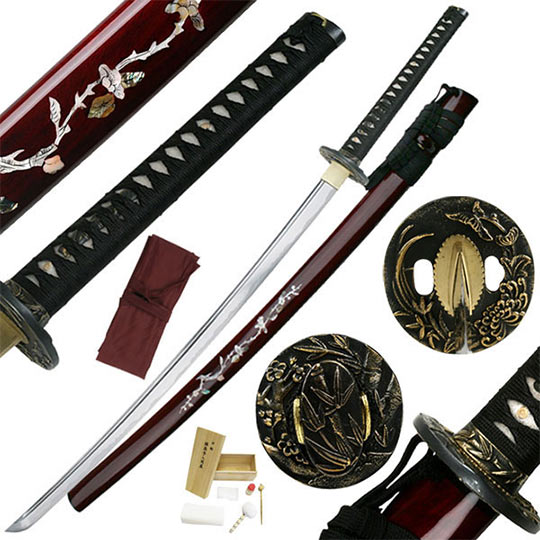
Displaying Your Sword
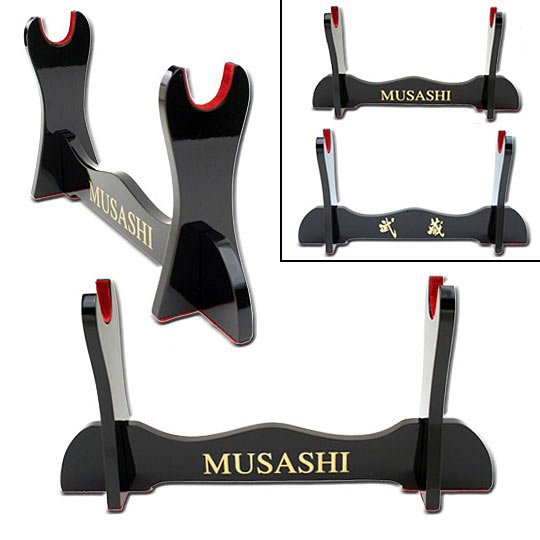
How to Throw a Knife

How to Clean a Samurai Sword
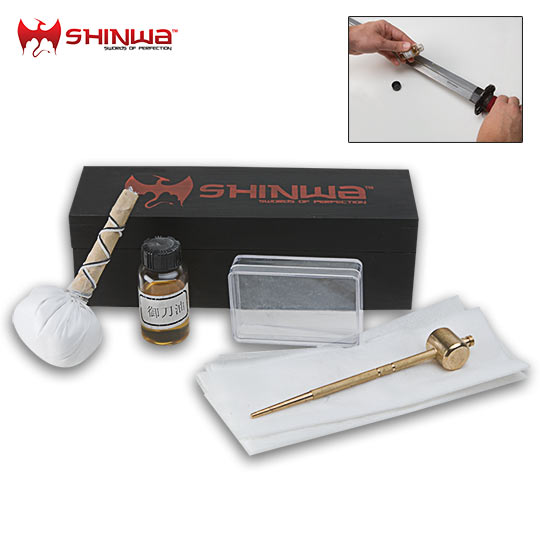
What is an OTF Knife
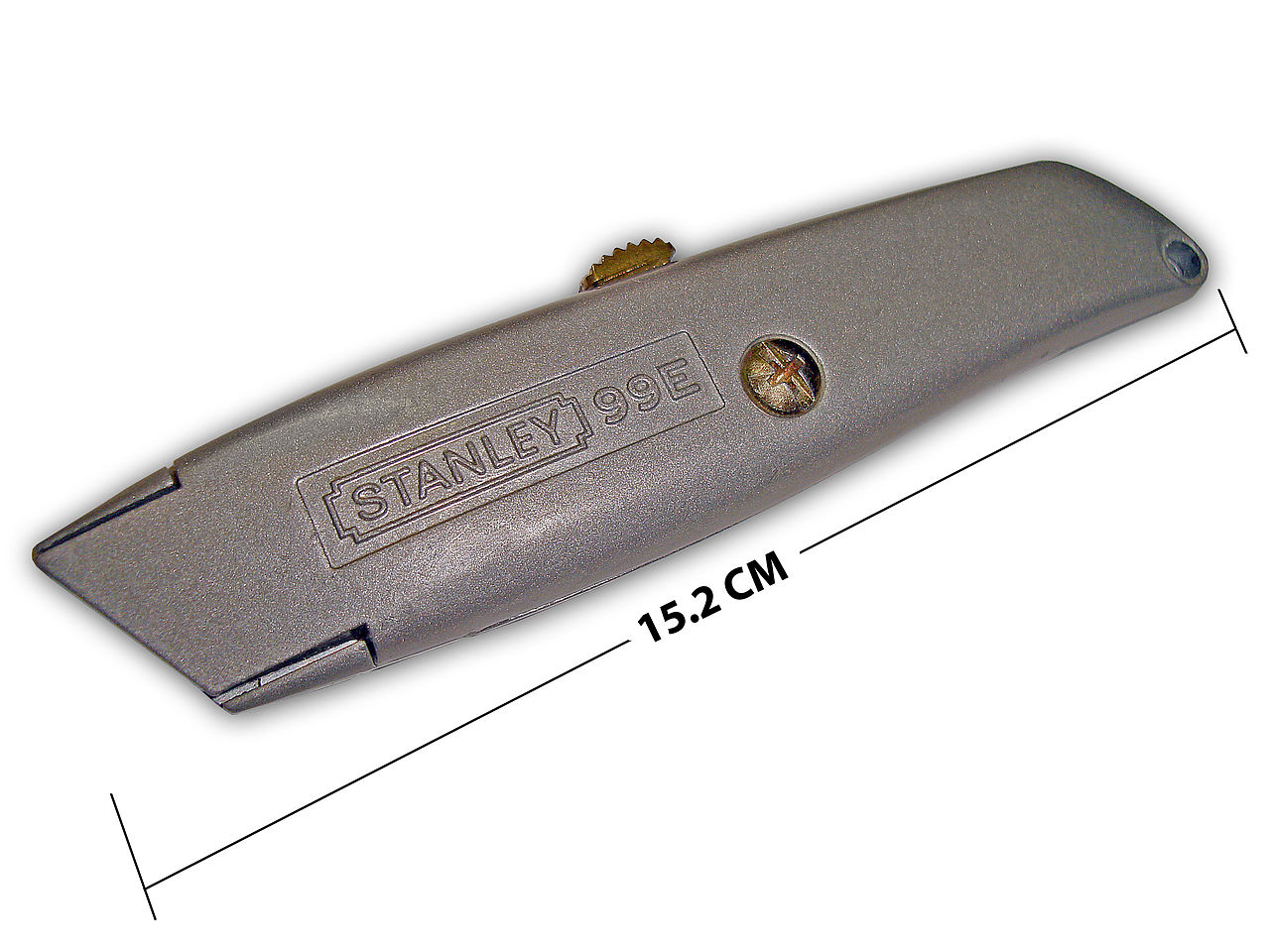
Types of Blade Points
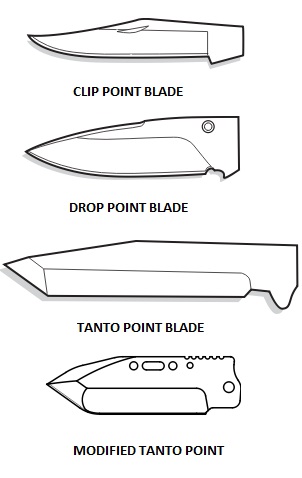
Our Favorite Super Heroes
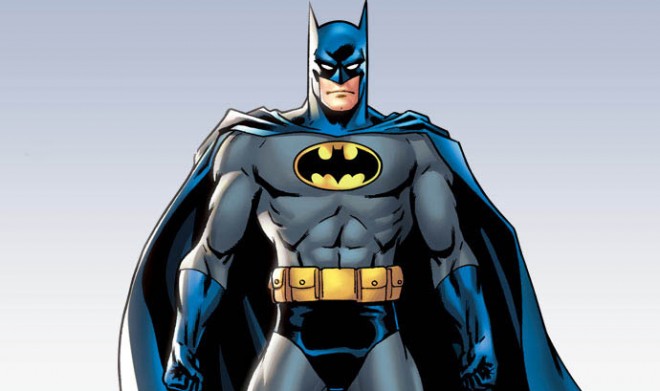
Putting Together the Perfect Suit of Armor
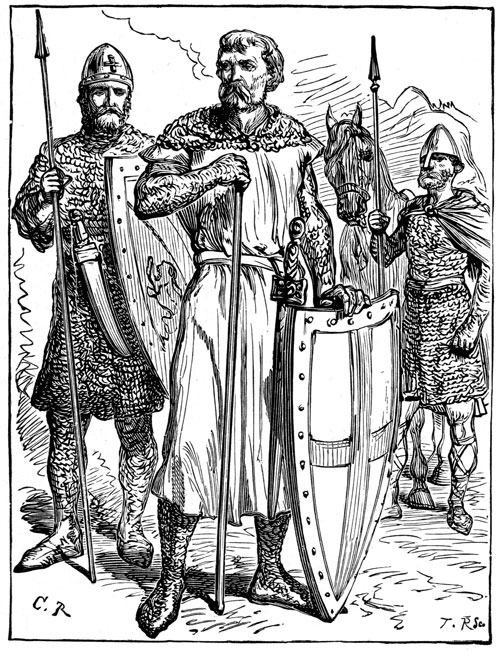
What is the Difference Between Anime and Manga?

In a Fight, Who Would Win? Worf or Jon Snow
Know Your Types of Swords

Types of Blade Steel

A Katana is the Best Weapon Against a Vampire

Damascus Steel
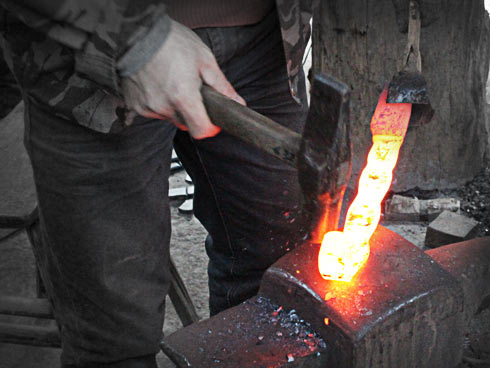
Villains Have the Best Weapons
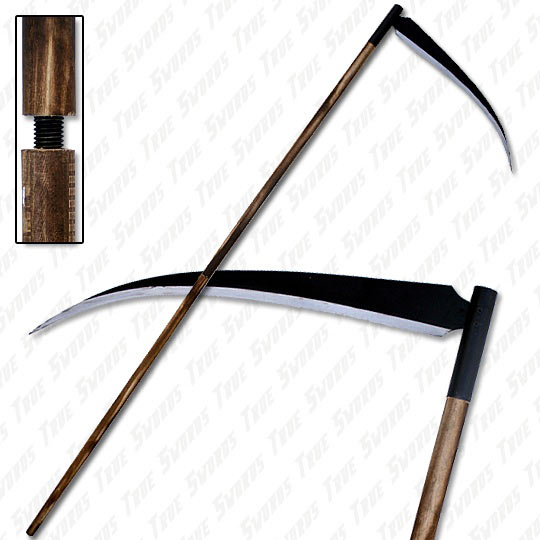
United Cutlery Brings TolKien Weapons to Life
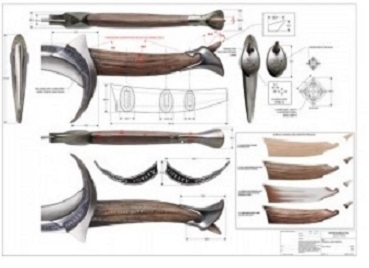
Discreet Self-Defense is Important
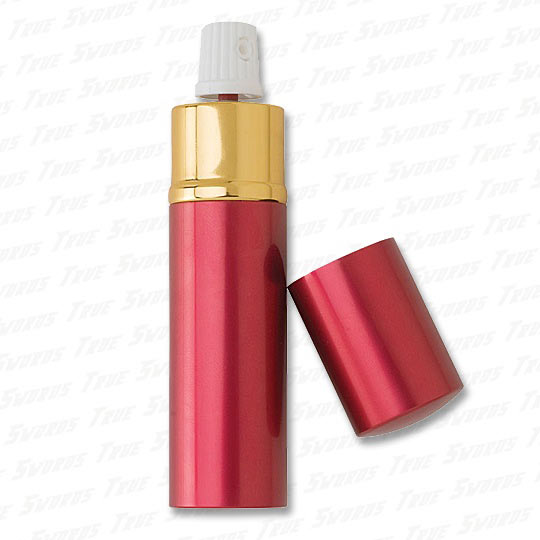
Top Ten Movie Swords

Here Are Some Creative Uses for Ninja Throwing Stars
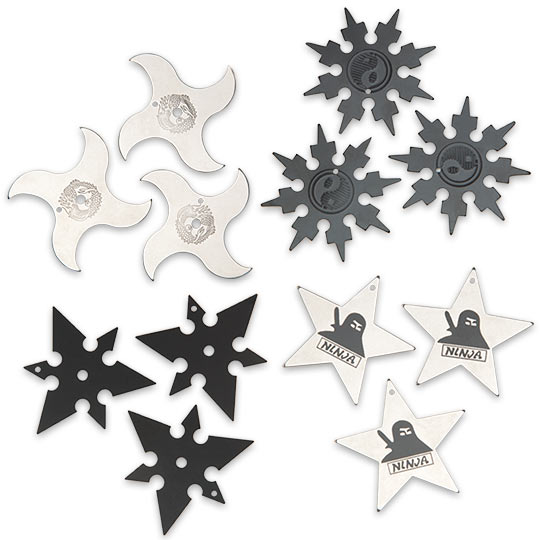
Ninja Weapons and Tools of the Trade

Sword Canes: You Need to Own One
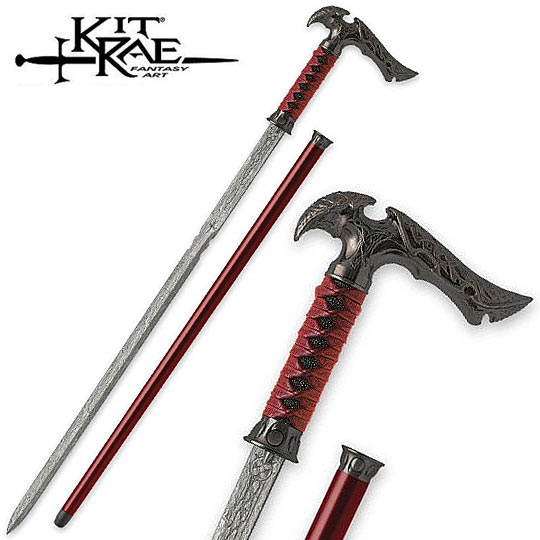
Why Own a Handmade Sword: Benefits of Hand Crafted Weapons

Ten Cool Swords You Wished You Owned

Why 'Bleach' is the Best Anime Ever

Top 10 reasons You Know You Are an Anime Fan

Zippo is an American Icon
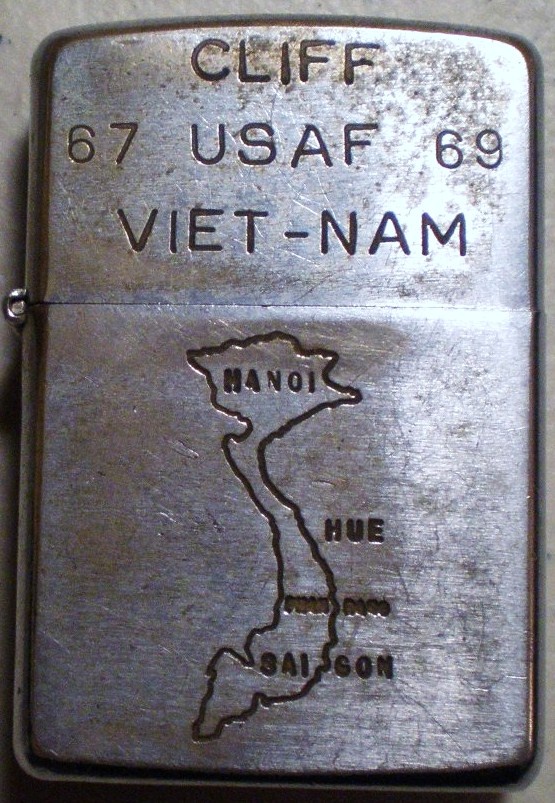
The Top Five Swords
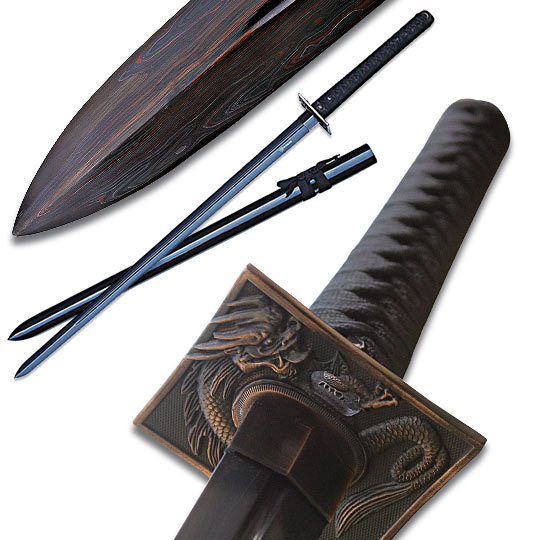
Top Weapons to Survive the Zombie Apocalypse
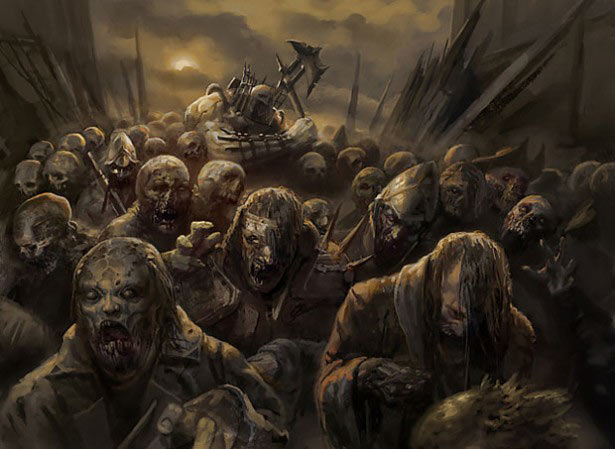
How to Use a Tactical Tomahawk Axe
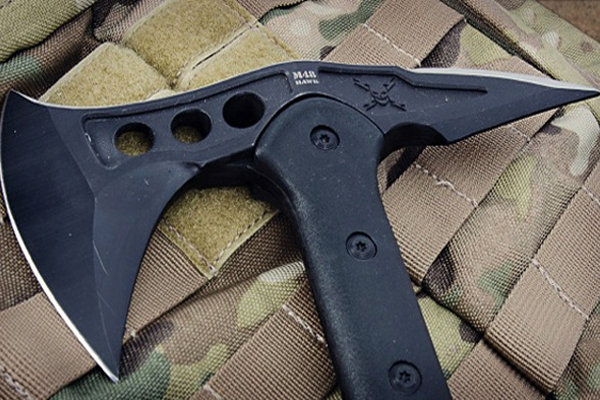
Top 5 Weapons from Sword Art Online
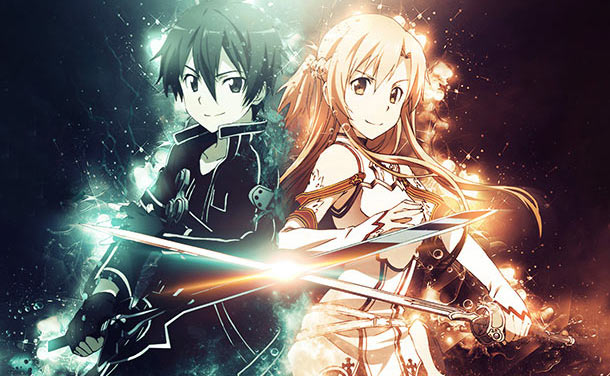
How To Hunt With A Spear
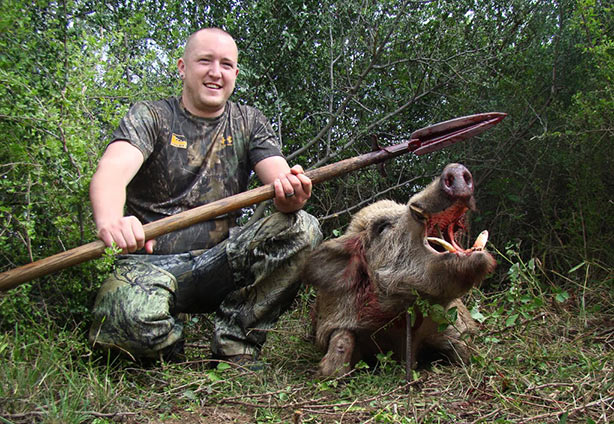
Wakizashi Sword History
